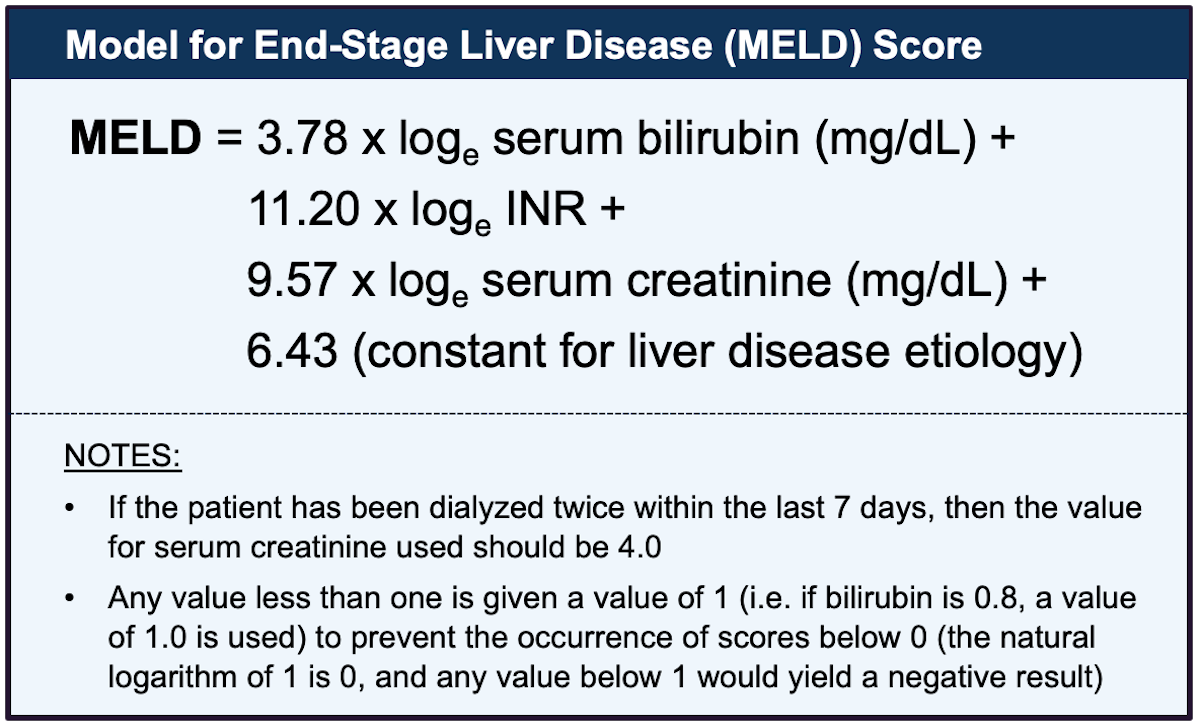
17: Necrosis and inflammatory changes characteristic of hepatitis were scored as mild (0-5), moderate (6-12), or severe (13-18), and fibrosis was scored as cirrhosis vs. Hepatitis activity and fibrosis stage were scored according to the classification of Ishak et al. The initial study group had 197 patients. 1 Of these 229 patients, 32 were not included in the analysis for the following reasons: incomplete clinical data (27 patients), presence of chronic renal insufficiency that did not allow a reliable measure of the MELD score (3 patients) and early postoperative death due to acute myocardial infarction (2 patients). The policy of our center regarding indications for hepatectomy has been published elsewhere. PATIENTS AND METHODSīetween January 1997 and December 2004, 229 patients underwent curative hepatic resection for HCC on chronic liver disease at the Department of Surgery and Transplantation of the University of Bologna. AbbreviationsĬTP, Child-Turcotte-Pugh HCC, hepatocellular carcinoma MELD, model for end-stage liver disease. Its relationship with postoperative complications, hospital stay, 1-year survival, were also investigated.

The aim of this study was to retrospectively establish whether the MELD score can predict postoperative liver failure after hepatectomy for hepatocellular carcinoma (HCC) in cirrhotic patients. 15, 16 Thus, the MELD score can be considered as an index of hepatic functional reserve, but its ability to predict liver failure after resection has been never assessed. Recently, the model for end-stage liver disease (MELD) was developed to predict mortality of cirrhotic patients receiving transjugular intrahepatic portosystemic shunts 14 and subsequently applied as a disease severity index for priority on the waiting list for liver transplantation. For patients with CTP Class A cirrhosis, the decision for hepatectomy often requires additional liver function tests that provide more refined evaluation of liver function reserve. 7- 9 CTP Class C cirrhosis is considered an absolute contraindication for hepatic resection in most of the major hepatobiliary centers and only minor resection would be considered for CTP Class B cirrhotic patients. Several approaches have been proposed to assess hepatic function reserve, but of all the tools, Child-Turcotte-Pugh (CTP) classification 5, 6 remains the most widely accepted system that provide an initial clue to the extent of resection that a cirrhotic patient can tolerate. 1- 4 Even so, proper preoperative assessment of liver function reserve remains essential to ensure a low incidence of postoperative liver failure and mortality. The perioperative outcome of hepatic resection on cirrhosis has improved remarkably in recent years with improved surgical techniques and perioperative care. In conclusion, the MELD score can accurately predict postoperative liver failure and morbidity of cirrhotic patients referred for resection of HCC and should be used to select the best candidates for hepatectomy. Cirrhotic patients with MELD score below 9 had no postoperative liver failure and low morbidity (8.1%).

Forty-six patients (29.9%) developed at least 1 postoperative complication: ROC analysis identified patients with a MELD score equal to or above 9 at major risk for postoperative complications (AUC = 0.85, 95% CI = 0.78-0.89 sensitivity = 87% specificity = 63%). ROC analysis identified cirrhotic patients with a MELD score equal to or above 11 at high risk for postoperative liver failure (area under the curve = 0.92, 95% confidence interval = 0.87-0.96 sensitivity = 82% specificity = 89%). Eleven patients (7.1%) experienced postoperative liver failure leading to death or transplantation. MELD accuracy in predicting postoperative liver failure and morbidity of cirrhotic patients was assessed using receiver operating characteristic (ROC) analysis. Hospital stay and 1-year survival was also investigated. For each patient, the MELD score was calculated and related to postoperative liver failure and complications (morbidity). One hundred fifty-four cirrhotic patients resected in a tertiary care setting for HCC were retrospectively analyzed. The model for end-stage liver disease (MELD) score is currently accepted as a disease severity index of cirrhotic patients awaiting liver transplantation however, its impact on prognosis after resection of HCC on cirrhosis has never been investigated.

The objective of this study was to predict postoperative liver failure and morbidity after hepatectomy for hepatocellular carcinoma (HCC) with cirrhosis.


 0 kommentar(er)
0 kommentar(er)
